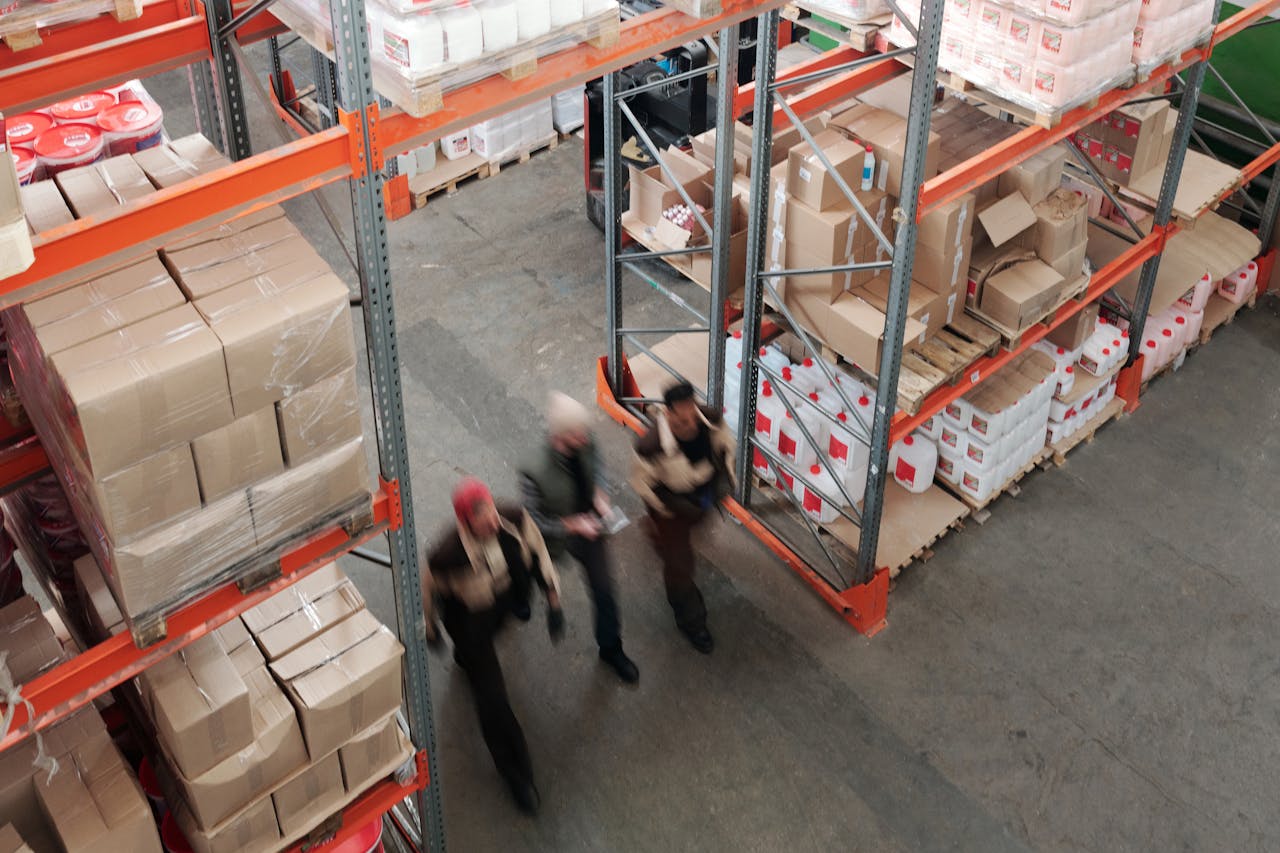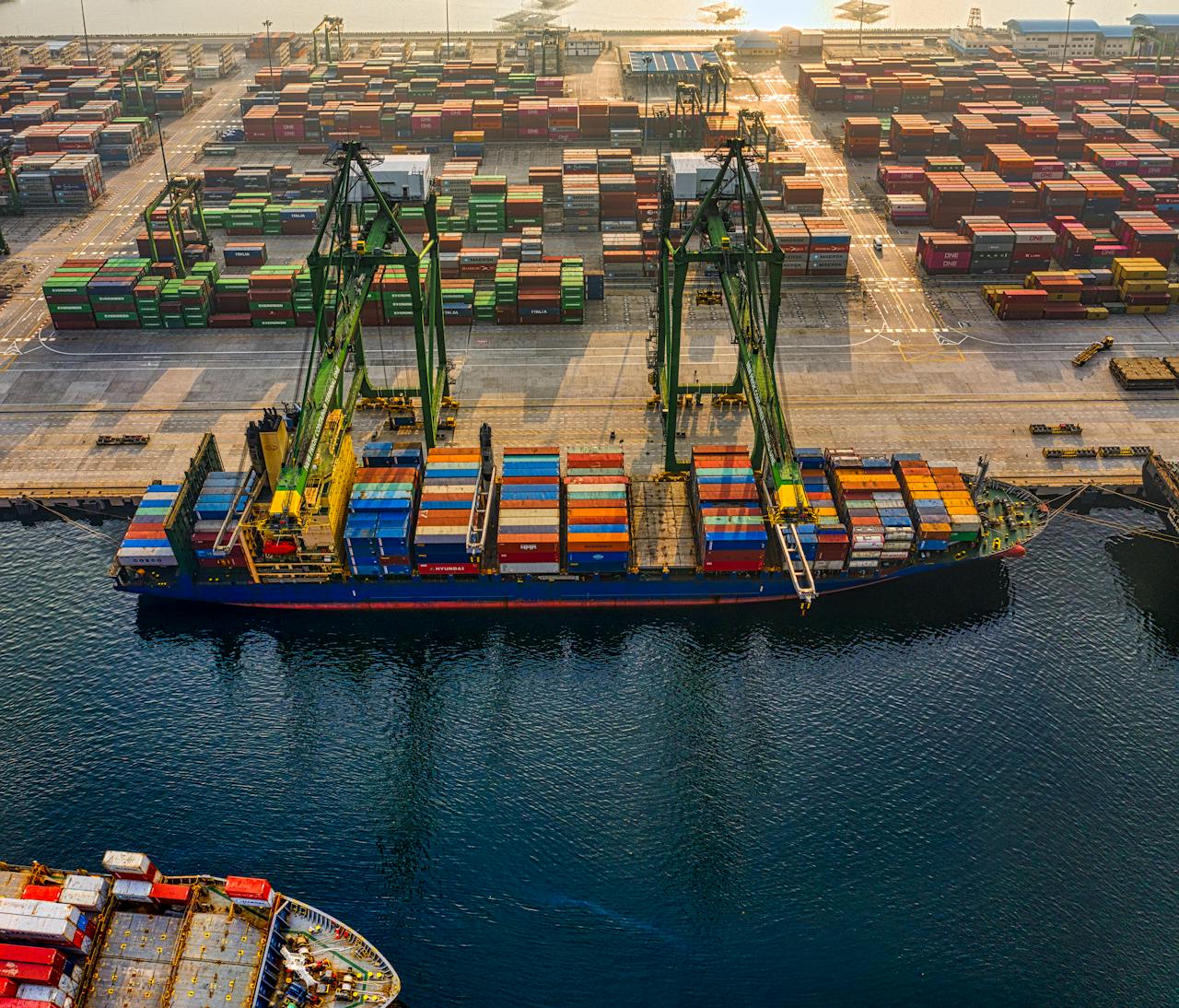
The Impact and Challenges to Route Optimization in Trucking Operations in the Philippines
The changing logistics and transportation environment in the Philippines presents experts in the sector with a constant stream of new challenges. Unpredictable operational costs, which are greatly impacted by fuel prices, are a serious worry. Prices at the pump increased significantly from July to August 2023 by at least 11 to 12 pesos per liter. These elements significantly raise overall operational expenses when coupled with other rising logistics costs.
Logistics operators and supply chain managers are constantly looking at cost-cutting measures to retain resilience in these difficult financial times, particularly for trucking and transport operations. Route optimization repeatedly stands out as a crucial technique with enormous potential for cost reduction. But what exactly does it entail, and how can it be used to efficiently manage costs?
Demystifying Route Optimization
Route optimization is a systematic method to enhance the effectiveness and economy of transportation routes, not only a science. It incorporates numerous variables into the computation rather than just finding the shortest route from one point to another. Driver schedules and their attitude, available hours, total stops, fulfillment projections, and regulatory requirements are some of these components. Businesses can improve completed deliveries while also optimizing a number of parameters with a solid route optimization approach.
The path to effective route optimization is frequently paved with possible problems, despite its benefits:
The Danger of Incomplete or Inaccurate Data
The use of precise, granular data is essential for route optimization to be successful. It demands everything of quality, including up-to-date route maps, real-time traffic reports, and detailed delivery timetables. If this information is lacking or inaccurate, the resulting routes may be ineffective or impractical, thereby driving up expenses rather than driving them down. The adage, "Information is king," is particularly applicable in this situation.
The Wild Card of Traffic and Road Conditions
No matter how sophisticated the predictive algorithms are, they cannot account for every obstacle, especially in the Philippines where the road conditions might be difficult. terrible driving experiences or terrible road conditions cannot be totally fixed by technology. Even the most meticulously planned routes can be derailed by unforeseen traffic congestion, accidents, road construction, bad weather, and even roads being utilized for events, which results in delays and increased fuel usage.
The Hurdle of Inadequate Cooperation from Delivery Sites
For logistics operations to be successful, cooperation from all stakeholders is crucial but occasionally overlooked, especially under high customer demand where operations are frequently referred to as "milk runs." Unexpected delays caused by inadequate loading/unloading infrastructure, poor communication, or shifts in operating hours could badly scupper an ideal route. Unwilling to cooperate may lead to extended wait times and higher costs, which emphasizes the value of strong relationships and clear lines of communication with all pertinent sites.
Equipment Failures' Technical Glitch
An optimal route may be unexpectedly interrupted by hardware or software issues with routing or by unplanned vehicle breakdowns. System updates, routine maintenance checks, or modernization programs can help prevent these problems, guaranteeing efficient operations. Although a useful tool in cost control, route optimization is not without its difficulties. Logistics and transportation firms in the Philippines can fully realize the benefits of route optimization by understanding and aggressively tackling these challenges. They can do this in order to increase efficiency, reduce expenses, and maintain their competitiveness in the face of rising fuel prices.
Underbidding by Trucking Service Providers
Underbidding by trucking service providers may at first seem appealing from a cost perspective, but it can create significant barriers to route optimization efforts. Cutting shortcuts with trucking service providers is a common practice, particularly in the Philippines, as a way to control rising logistical costs. Companies that rely on these third-party providers, however, should proceed with extreme caution most especially in the face increasing cost of operations. In fact, such is a practice in the Philippines that many truckers are unwilling to adjust their prices regularly, or some make adjustments rarely. Organizations must consider more than just cost when assessing possible service providers. A comprehensive evaluation should take into account, including their effort or initiative to improve their operational skills, adherence to legal requirements, and commitment to investing in essential resources which can only be sustainable if and when they are financially able.
In conclusion, to thrive in the increasingly complex world of logistics, it's not enough just to tackle the challenges as they come - it's about strategically planning the best way forward. Route optimization serves as the map for this journey, despite its challenges. As those in the industry continue to harness its power, they're not just surviving the storm of rising costs but are set up to excel, steering their operations towards a future of higher efficiency and lower costs.
But no journey is without its bumps in the road. Recognizing the potential challenges to route optimization is a critical next step. By acknowledging and proactively dealing with these hurdles, logistics, and transportation companies can ensure that their route optimization strategies work well not only on paper but also in practice, guiding them towards their goals in this ever-evolving industry.

Why do businesses grow more with dependable Logistics Partner?
Choose a reliable Logistics Partner, make it easier for your business, choose Ernest! Choosing the …

A cargo as small as one kilo can change your business.
Cardo cardo has recently been retrenched from work when the company he has been with for …

Build! Build! Build! How Infrastructures are Boosting the Economy Through Logistics?
The Build! Build! Build! (BBB) Program is the centerpiece program of the Duterte administration that …